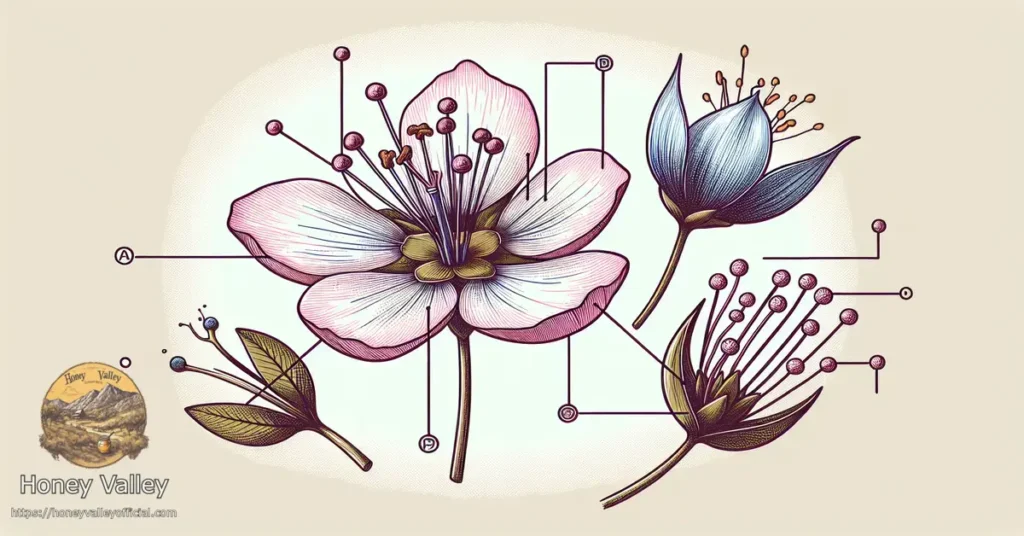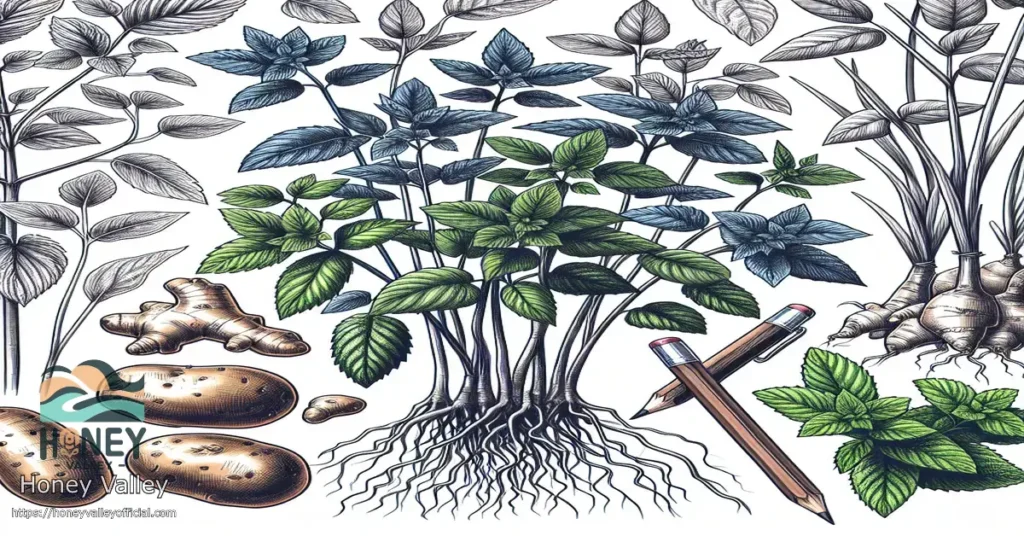When it comes to the root systems of plants, there are two main types that play a crucial role in their growth and survival: surface roots and deep taproots. Understanding the differences between these two types can help us comprehend how plants adapt to their environment and obtain necessary nutrients and water.
Surface Roots
Surface roots, as the name suggests, are roots that spread out horizontally near the surface of the soil. They are commonly found in plants such as trees, shrubs, and grasses. These roots have several distinctive characteristics:
- Shallower Depth: Surface roots tend to grow closer to the surface of the soil, typically within the top 6 to 24 inches. They extend outward in search of nutrients, water, and stability.
- Wide Spreading: Unlike deep taproots, surface roots spread extensively in all directions, creating a network of interconnected roots just below the ground.
- Feeder Roots: Surface roots are primarily responsible for absorbing water and nutrients from the topsoil. They have numerous small root hairs that increase the surface area for absorption.
- Stabilization: While surface roots are not as effective at anchoring a plant as taproots, they still contribute to stability by providing additional support against wind and soil erosion.
Surface roots are particularly important for plants in areas with shallow soil or waterlogged conditions. They allow the plant to access nutrients and water near the surface, where the majority of organic matter and microbial activity occur.
Deep Taproots
Deep taproots, on the other hand, are roots that grow vertically deep into the soil. They are commonly found in plants like trees, some shrubs, and certain types of wildflowers. Here are some key characteristics of deep taproots:
- Deeper Penetration: Taproots have the ability to grow much deeper into the ground, sometimes reaching several feet or even meters below the surface. This allows them to access water and nutrients that may be unavailable to surface roots.
- Single Dominant Root: Unlike surface roots, taproots have a single primary root that grows straight down. This primary root is usually thicker and longer than the lateral roots branching off from it.
- Water Storage: Deep taproots can store water in their tissues, allowing the plant to survive during periods of drought or when water availability is limited.
- Stability: The deep penetration of taproots provides excellent anchorage for the plant, making them more resistant to toppling over in strong winds or unstable soil conditions.
Plants with taproots are often adapted to arid or semi-arid environments where water is scarce or unevenly distributed. These deep roots enable the plants to tap into deeper water sources, ensuring their survival even during extended dry periods.
Adaptations and Benefits
The presence of either surface roots or deep taproots in a plant species is a result of evolutionary adaptations to specific environmental conditions. Each type of root system offers advantages and benefits:
Surface roots are well-suited for plants in areas with abundant rainfall and fertile topsoil. They efficiently absorb nutrients and water from the upper layers and provide stability against erosion. In contrast, deep taproots are advantageous in environments with limited water availability. They enable plants to access deeper water sources and store water for prolonged periods.
It is important to note that not all plants have exclusively surface roots or deep taproots. Some species may have a combination of both, depending on their growth stage and the conditions they encounter. Additionally, the root systems of plants can also be influenced by factors such as soil type, climate, and available space for root expansion.
In Conclusion
Surface roots and deep taproots represent two distinct strategies that plants employ to adapt and thrive in their respective environments. While surface roots spread horizontally near the soil surface, deep taproots grow vertically into the ground. Both root types play essential roles in nutrient and water uptake, as well as providing stability to the plant. Understanding these differences enhances our appreciation for the diverse ways in which plants have evolved to survive in various ecological niches.


